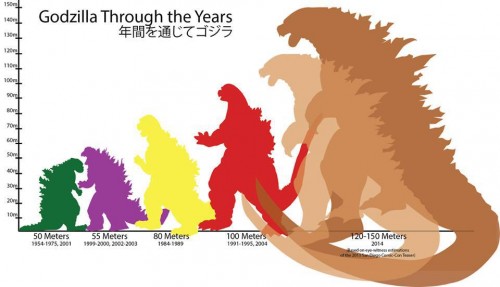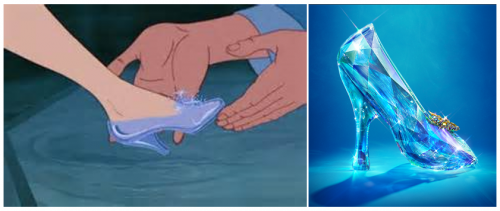Flashback Friday.
In his book by the same name, Michael Billig coined the term “banal nationalism” to draw attention to the ways in which nationalism was not only a quality of gun-toting, flag-waving “extremists,” but was quietly and rather invisibly reproduced by all of us in our daily lives.
That we live in a world of nations was not inevitable; that the United States, or Sweden or India, exist was not inevitable. I was born in Southern California. If I had been born at another time in history I would have been Mexican or Spanish or something else altogether. The nation is a social construction.
The nation, then, must be reproduced. We must be reminded, constantly, that we are part of this thing called a “nation.” Even more, that we belong to it and it belongs to us. Banal nationalism is how the idea of the nation and our membership in it is reproduced daily. It occurs not only with celebrations, parades, or patriotic war, but in “mundane,” “routine,” and “unnoticed” ways.
The American flag, for example, casually hanging around in yards and in front of buildings everywhere; references to the nation on our money; the way that the news is usually split into us and everyone else (e.g., US News and World Report); the naming of clubs and franchises, such as the National Football League, as specific to our country; and the performance of the pledge of allegiance in schools and sports arenas:
So, what? What could possibly be the problem?
Sociologists have critiqued nationalism for being the source of an irrational commitment and loyalty to one’s nation, a commitment that makes one willing to both die and kill. Billig argues that, while it appears harmless on the surface, “banal nationalism can be mobilized and turned into frenzied nationalism.” The profound sense of national pride required for war, for example, depends on this sense of nationhood internalized over a lifetime. So banal nationalism isn’t “nationalism-lite,” it’s the very foundation upon which more dangerous nationalisms are built.
You can download a more polished two-page version of this argument, forthcoming in Contexts magazine, here.
Lisa Wade, PhD is an Associate Professor at Tulane University. She is the author of American Hookup, a book about college sexual culture; a textbook about gender; and a forthcoming introductory text: Terrible Magnificent Sociology. You can follow her on Twitter and Instagram.

















